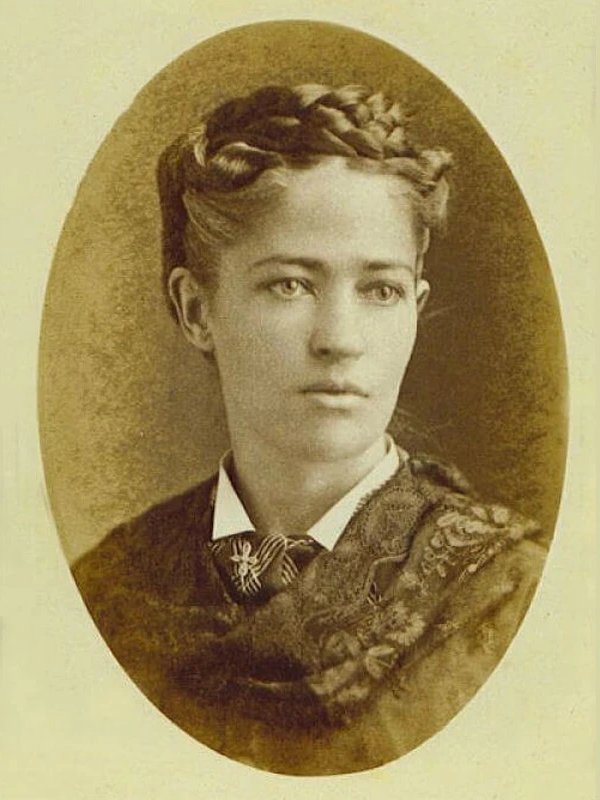Buying a dishwasher can be a confusing experience, especially if you aren’t sure of exactly what you want or need. It’s helpful to remember that a dishwasher is a long-term appliance that should last you about 10 years, so it’s worth considering how much a dishwasher will cost to run over time and what type is best suited for your home.
Naturally, the question of long-term cost brings us to water and energy usage. As with most other appliances, the ENERGY STAR rating is a great place to start. You’ll also need to consider what size dishwasher will fit into your kitchen and your lifestyle.
From an efficiency perspective, there are two categories of dishwashers: compacts (which include countertops) and standard size dishwashers. Compact dishwashers are typically 18 inches wide and are built into a kitchen cabinet. They can accommodate 8 place settings and 6 serving pieces at most. ENERGY STAR certified compact dishwashers use less than or equal to 3.1 gal/cycle and 113 to 203 kWh/yr. Due to their small size, compacts are probably best suited for a smaller family or an apartment—if this sounds right for you, check out options here for ENERGY STAR certified compact dishwashers.
Standard dishwashers are perhaps the most popular style. Like most compacts, they are built into the cabinetry and, at 24 inches wide, they hold at least 8 place settings and 6 serving pieces. They typically have more features and rack configurations than smaller models. ENERGY STAR certified standard dishwashers typically use up to 270 kWh/yr, and 3.5 gal/cycle.
If you don’t have room for a built-in dishwasher or want to save money on the initial purchase, a portable or countertop dishwasher is a good option. Their usual capacity is 4 to 6 place settings, so they work best for a single person in a small apartment or dorm room. The countertop dishwasher connects to a sink faucet with an adapter for hot water and expels the used water from a drain hose in the back of the unit that empties into the sink.
While analyzing this category, we were surprised to discover that countertops aren’t typically as efficient as compact built-in high-efficiency dishwashers, using 203 kWh/yr on average and 3 gallons of water per cycle — which is still less water than hand washing. If a countertop dishwasher seems right for you, start by browsing EnergyStar certified countertop dishwashers.
Some dishwashers have additional features that can help you save water and energy. Most dishwashers now have soil sensors that figure out how dirty your dishes are and adjust the water accordingly. Some dishwashers have half-load options that spray only the top rack. Also, look for speed wash or eco wash cycles that use less water or shorter cycles. Finally, some dishwashers have an air dry cycle for drying the dishes, which saves energy.
While water and energy efficiency are important, you’ll be living with your dishwasher for a while so if your noisy old dishwasher was a constant source of annoyance, you’ll be happy to know that newer dishwashers are much quieter. You can compare the dBA (decibel) rating to know how noisy a dishwasher is. A fairly quiet dishwasher should be between 40 – 50 decibels, but the lower the dBA rating, the quieter the dishwasher will be. For comparison, the hum of a refrigerator compressor has an average sound level of about 40 decibels.
How Dishwashers Work
Amazingly enough, dishwashers still work relatively the same as when they were invented in the late 1800s, but they have been modified in novel ways to accommodate our changing needs. The basic design of a dishwasher has not changed much since first invented by Josephine Cochrane in 1886. Cochrane placed wire compartments designed to fit different kinds of dishes in a wheel which was powered by a motor and turned inside of a copper boiler. Water pressure squirted hot soapy water up from the bottom of the boiler.

Her invention was a true breakthrough. Josephine Cochrane was the first to successfully create a commercially viable dishwasher after multiple failed attempts by other inventors. She received a patent for the invention and established Cochran’s Crescent Washing Machine Company. After her death, Cochran’s Crescent Washing Machine Company became part of KitchenAid, an appliance brand that’s still prominent. Initially adopted primarily by restaurants and hotels, Cochrane’s design was used in the first KitchenAid dishwasher for homes, introduced in 1949. She helped pave the way for women when female inventors were still rare, and her invention makes life easier for millions of people today.
So how does Cochran’s invention work today? A dishwasher houses a pump, motor, and an internal heater that all work together to get dishes clean. A small basin at the bottom of the dishwasher fills with hot water supplied by the home water heater. The dishwasher’s internal heater may increase the temperature of the hot water to about 140°F to kill bacteria and efficiently clean and sanitize dishes.
A pump powered by a motor then forces the water through the pipes, spray jets and spray arms, showering the dishes with hot water. The detergent is added into the water next and the soapy solution is sprayed on the dishes to get them clean. Once this is done, the dirty water is drained from the basin and the rinse cycle uses clean water to rinse off the dishes. Finally, the water is drained, completing the rinse cycle.
How does Sense detect my dishwasher?
A typical dishwasher has two key components (learn more about components Sense can detect here) that consume energy: a motor that runs the washing and draining pumps and a heating element. These components may be detected individually or together. In some cases, Sense may detect two separate heats in some dishwashers because the heating elements can behave differently in the early phase (heating the water) versus the end phase (drying the contents.)
If Sense detects an individual component of a dishwasher, it’s typically the heating element inside a dishwasher. Sense may also detect the motor as well, and will sometimes automatically combine them into a single device behind-the-scenes. If Sense has detected a heating element and motor accurately individually, you can merge the separate devices into a single device and name it ‘Dishwasher’.
If Sense has detected your dishwasher, you can use the Sense app to see when your dishwasher cycle is complete. You can also set alerts to let you know if your dishwasher is running too long or often. One Sense user was even able to determine whether or not his dishwasher had completed a cycle after there was a power outage!
Have a question about your dishwasher? Come ask us in the Sense Community!
Uzoma Adichie contributed research and writing to this blog. This summer Zuzu worked as a Sense intern through a program funded by The Massachusetts Clean Energy Center (MassCEC). She is an undergraduate at New York University.

